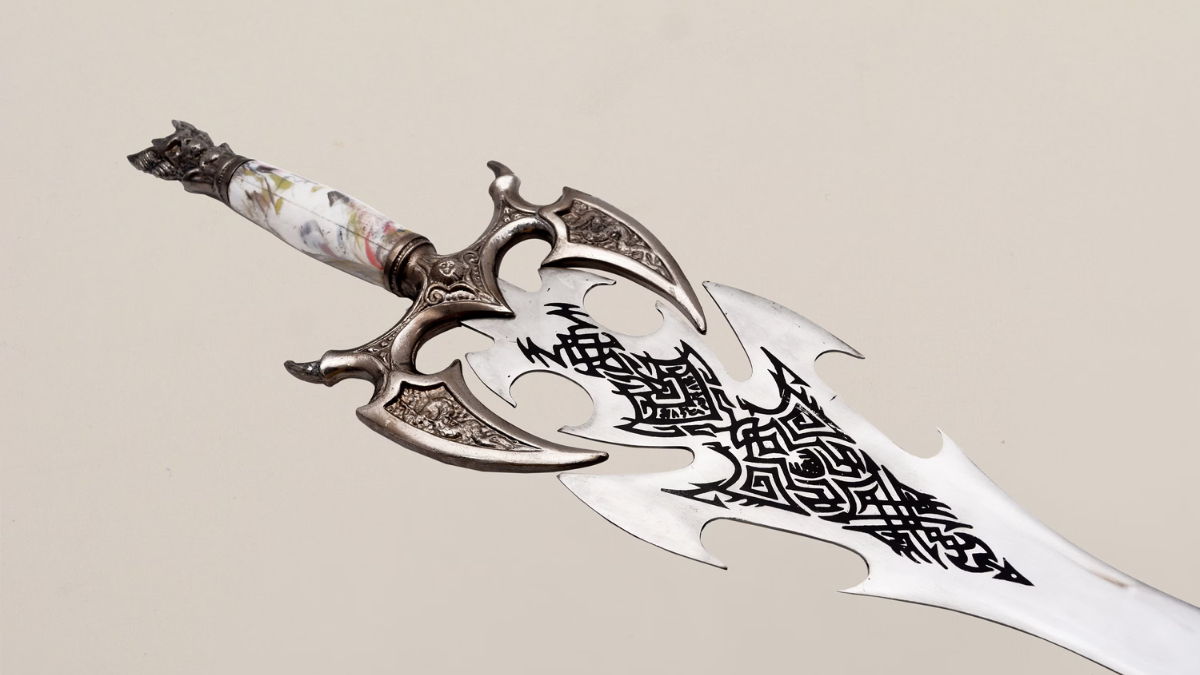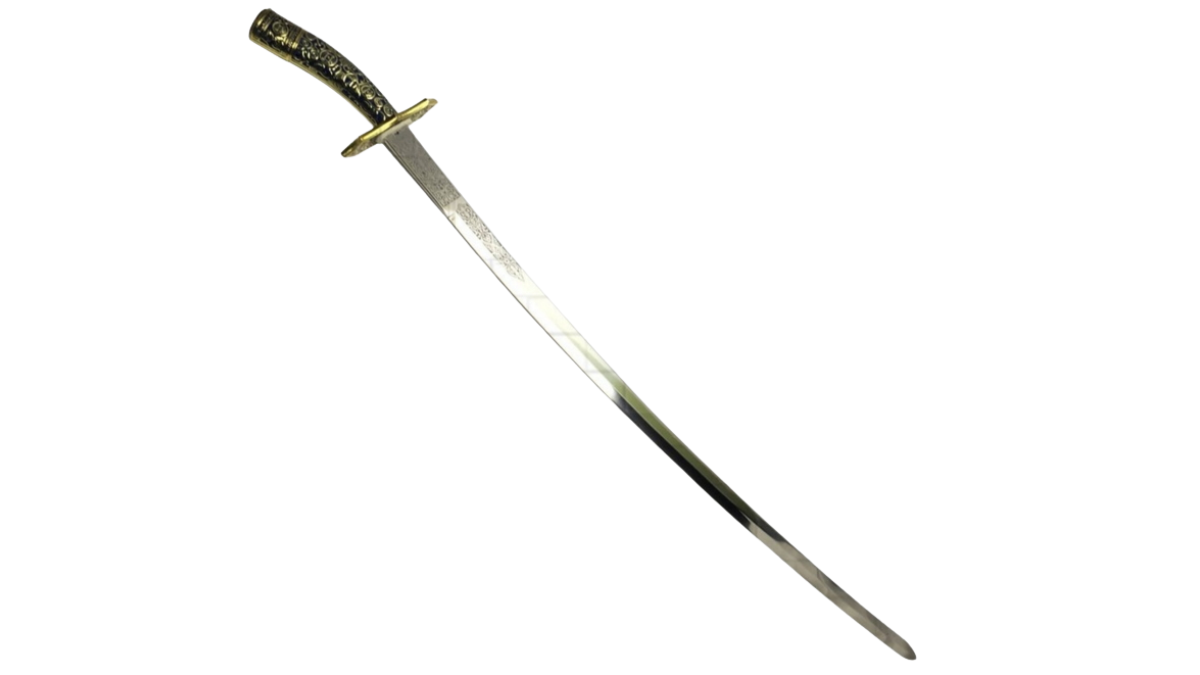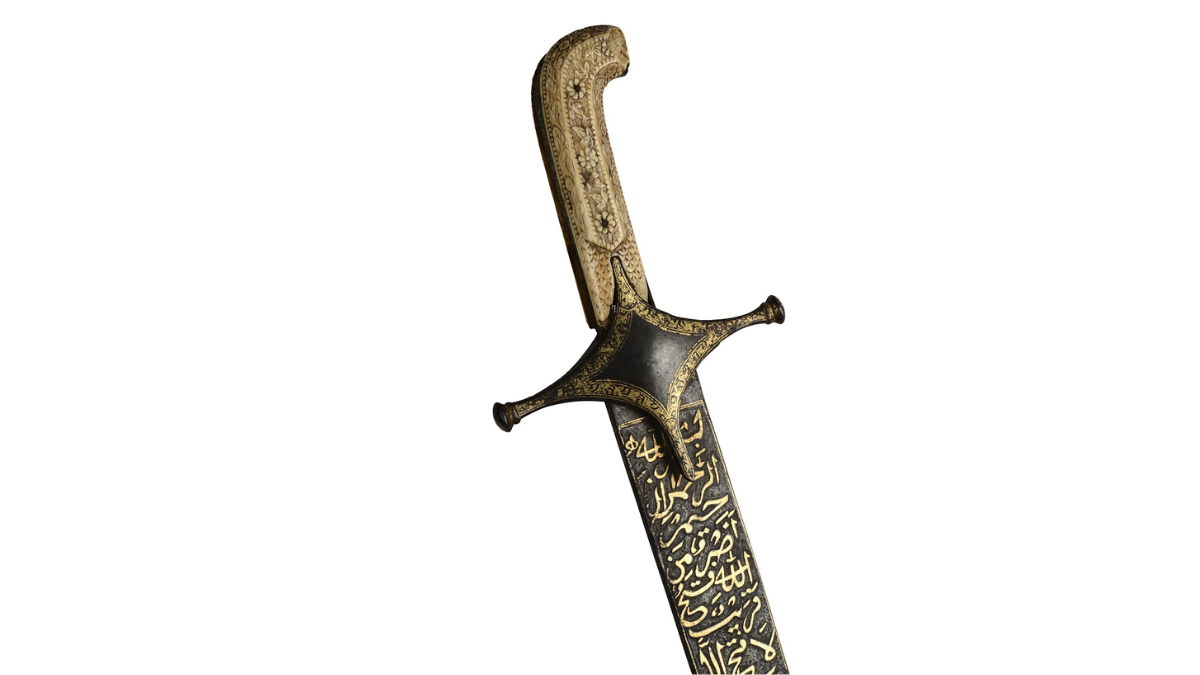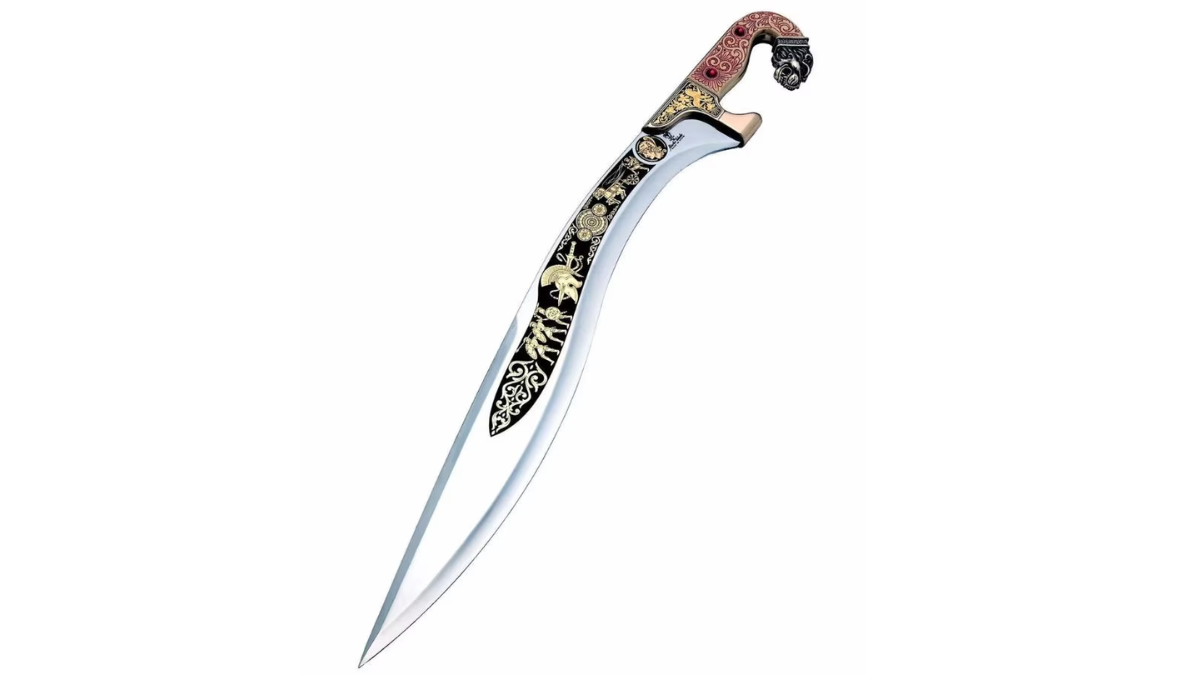The Swords of the World's 5 Fiercest Rulers: Genghis Khan, Ashoka, Aurangzeb, and More

Throughout history, there have been numerous formidable rulers, and India has not been exempt from this. Their swords symbolized their power and military expertise. In this article, we explore the swords of five infamous rulers: Genghis Khan, Aurangzeb, Alauddin Khilji, Emperor Ashoka, and Alexander the Great.
Emperor Ashoka’s Sword

Ashoka’s sword was a heavy and straight Mauryan khadga (sword), characteristic of the Mauryan period. These swords were incredibly strong and could inflict powerful blows on enemies.
Genghis Khan’s Sword

Genghis Khan’s weapon was a Mongolian curved saber. It was lightweight, curved, and had an extremely sharp edge, allowing swift strikes, especially for cavalry soldiers.
Aurangzeb’s Sword

Aurangzeb’s sword, famously known as "Alamgir," was said to be large, heavy, and powerful. It became the subject of much talk, even being referred to as his “beloved” by some. The sword was regarded as one of the most formidable weapons of the Mughal Empire.

Alauddin Khilji’s sword was straight-edged and slightly broadened at the tip. It ended with a rounded end, and the inscription "Sikada Shah Khilji Alaudddin Sultan" could be found on the blade.
Alexander the Great’s Sword

As for Alexander the Great, his sword is said to have either been stolen or lost in time. The sword from that era, known as the 'kopis,' was short but incredibly lethal.
These swords were not just weapons; they were symbols of the rulers' authority, military strategy, and unmatched fighting prowess. Today, they remain powerful historical relics that tell stories of conquest and dominance.

